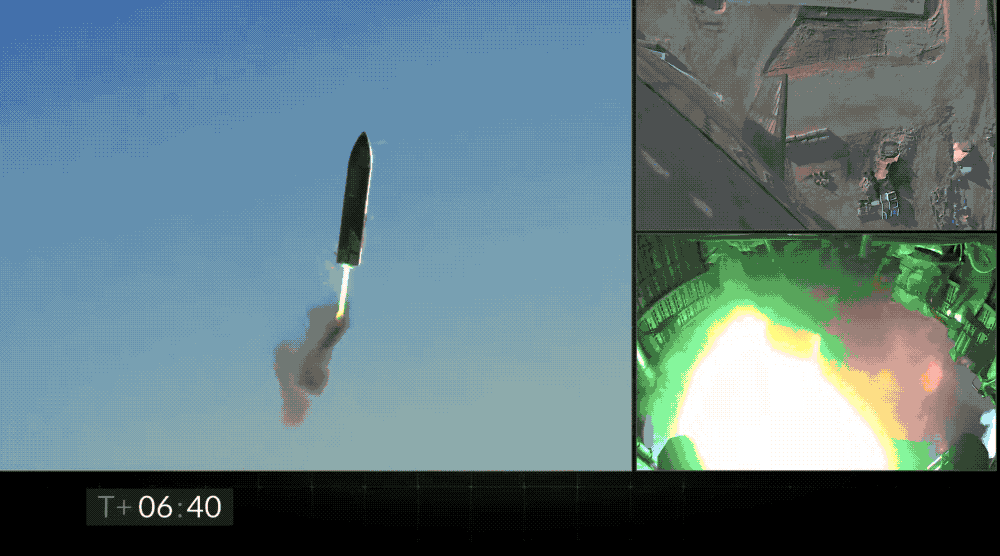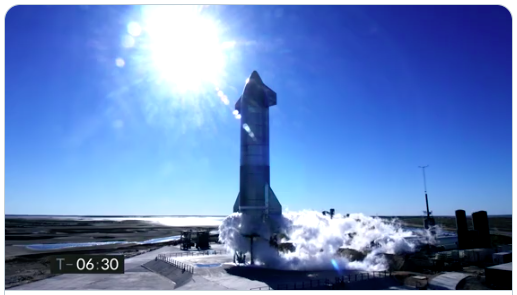Bengaluru, NFAPost: Elon Musk owned SpaceX is one step closer to replacing its Falcon line of active duty spacecraft with the successful launch of Starship prototype “SN8”. But It failed in its way back to earth.
According to aerospace analyst, a flight that ends with an explosion and total loss of the spacecraft may not seem like a win. But these kinds of blasts during designing and testing are quite common du new spaceship.
Starship prototype “SN8” achieved a major milestone in the ongoing spacecraft’s development programme, flying to a height of around 40,000 feet at SpaceX’s development facility in southern Texas.
One of the Starship’s three Raptor engines cut off around two minutes into flight, but the prototype rocket continued its ascent. Then at around three minutes, another extinguished, leaving just one lit and firing. The rocket continued to climb, oriented upward, but it was hard to tell from the feed exactly how high it reached.
The third flared out at around 4:30 into the mission, and the Starship oriented into a horizontal position, angling back toward Earth but effectively flat on its belly, gliding.
The Starship’s engines re-ignited as the rocket approached the ground, flipping the rocket into a vertical orientation once again and slowing its descent. It landed a bit harder than expected, however, resulting in an explosion that engulfed the rocket.
That’s still a successful test, and went better than SpaceX or most observers likely expected it would. SpaceX’s flight controller could be heard on the stream congratulating the team on a job well done.

SpaceX expected that this test flight likely wouldn’t achieve all of its objectives, and CEO Elon Musk said on Twitter earlier this week that he likely anticipated it might achieve its target flight height but not do much else. It seems to have done that, and managed its “belly flop” maneuver, as well as correctly re-oriented itself for landing, but with a bit too much speed coming in for the touchdown.
Successful ascent, switchover to header tanks & precise flap control to landing point! https://t.co/IIraiESg5M
— Elon Musk (@elonmusk) December 9, 2020
The team has no doubt gathered a ton of valuable data from this test, and will now be taking those lessons back to help improve its next attempts. SpaceX already has two more prototypes, SN9 and SN10, effectively ready to go for follow-up tests. Those already carry improvements compared to SN8 which flew today, and the team will be quick to implement additional tweaks based on this flight and the data they obtained during the test.





